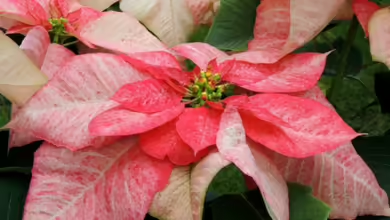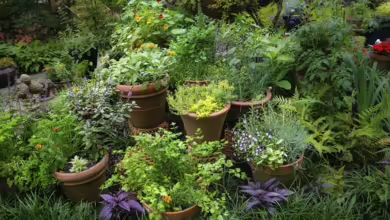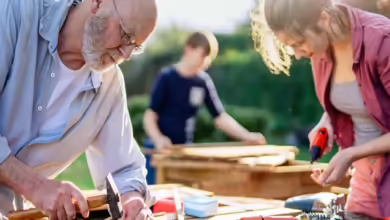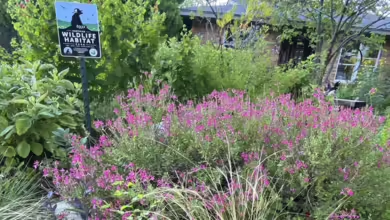Plant Now for a Colorful Spring Display

It’s already time to think about spring!
Fall is the time to plant daffodils, crocus, alliums, and other spring-flowering bulbs, so look for these early, cheery bloomers as winter gives way to spring.
Include bulbs that bloom at various times for a more everlasting display of color in your garden.
Check the package or catalog description for bloom times, paying attention to varieties suited to your region.
When preparing to plant hyacinths and tulips, make sure you give them a cold treatment before placing in the garden. Leave them in their original mesh bag or put them in a paper bag in the refrigerator’s lowest part. Do not store these bulbs in the drawer with apples and pears! The fruit gives off ethylene that can result in poor flowering in the spring. Plant these beauties in late fall or early winter.
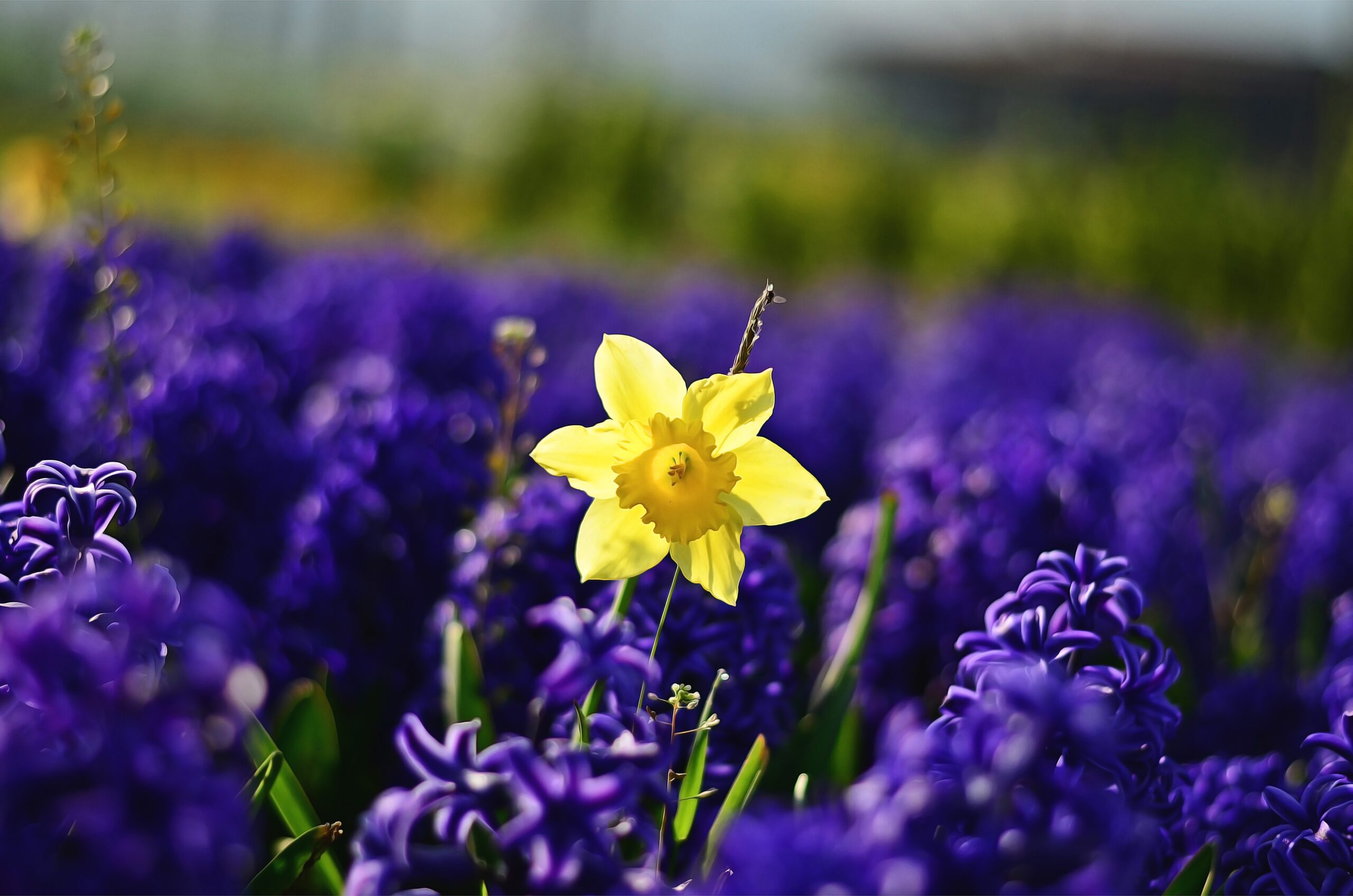
Planting white or yellow bloomers with the equally assertive grape hyacinths to create some winning color combinations. A combination of tulips, daffodils, and hyacinths will make for a stunning — and fragrant! —garden bouquet. Select varieties that bloom at the same time in complementary colors or blends.
Don’t let hungry animals stop you from brightening your spring with these bulbs. Include animal resistant bulbs like hyacinths, grape hyacinths, daffodils, and alliums.
You can plant animal favorites like tulips. Just make sure to use physical barriers like chicken wire or animal repellents like rain resistant Plantskydd. It’s an organic repellent that comes in both liquid and granular formulations to protect bulbs animals prefer to eat.
Lay the bulbs out on a newspaper, apply the liquid repellent, and let them dry before planting.
Sprinkle the granular repellent over the soil surface for an extra layer of protection. In spring, begin protecting the plants before the animals start feeding. Follow label directions for the proper timing of additional repellent applications.
Prepare the soil before planting, then work compost, peat moss, or other organic matter into the top 12 inches of soil to improve drainage. This is a critical factor in growing success.
Wait until the soil is cool to plant your bulbs. You can usually do this after the first hard frost, or when night temperatures average between 40 and 50 degrees. Plant the bulbs two to three times their vertical height deep and at least two to three times their diameter apart. Try grouping at least six to nine larger bulbs, like tulips and daffodils, and 15 to 20 smaller bulbs, like grape hyacinths, for a more significant impact.
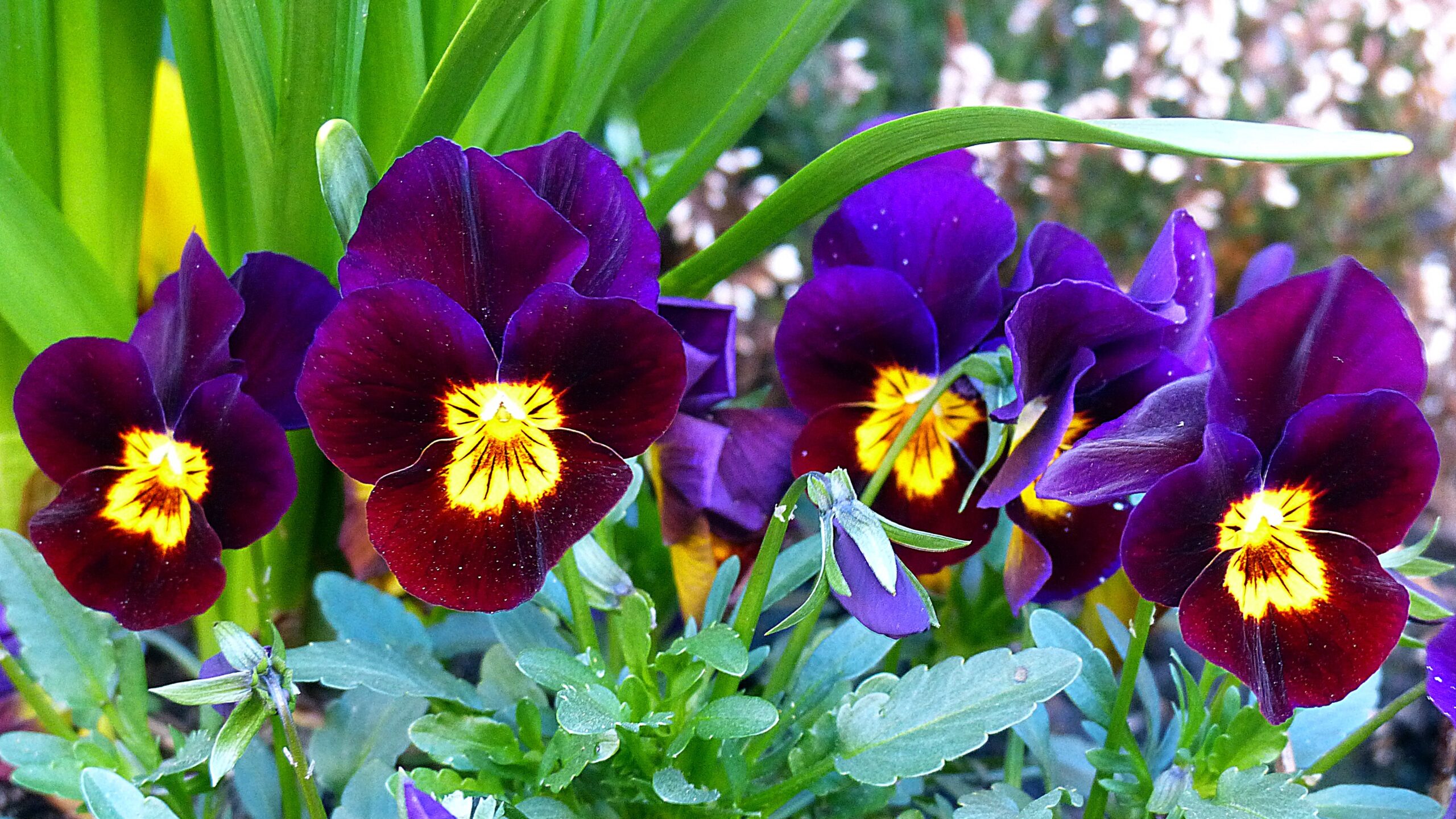
Mix low-nitrogen, slow-release fertilizer into the soil surface and water thoroughly after planting.
Continue watering thoroughly when the soil is dry throughout the fall, while the bulbs grow roots.
After you enjoy their blooms next spring, keep the leaves intact until they yellow. Leaves produce the energy needed for next year’s floral display.
Plant winter-hardy pansies with your bulbs in the fall to mask the fading foliage. This also adds color to fall and spring gardens. You can also plant bulbs amongst perennials. Early spring-flowering perennials double your pleasure, later bloomers extend the flowering season, and both help hide fading bulb foliage.
Treat tulips and hyacinths like annuals. Or dig them up as the foliage yellows and store in a cool dark location. You will need to give them a chill before placing them back in the garden late-autumn or in the early winter.
Break out your trowel and gloves and get busy planting. You’ll be glad you did when that first flower appears next spring.


